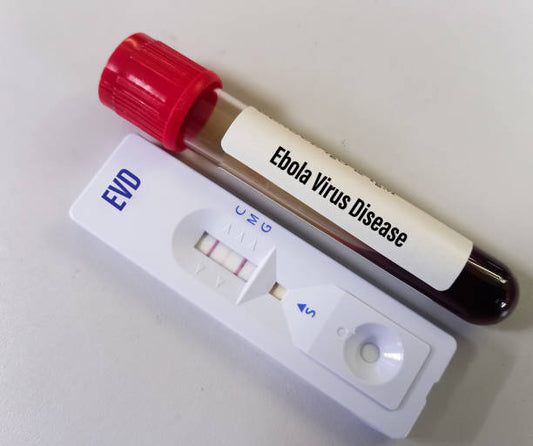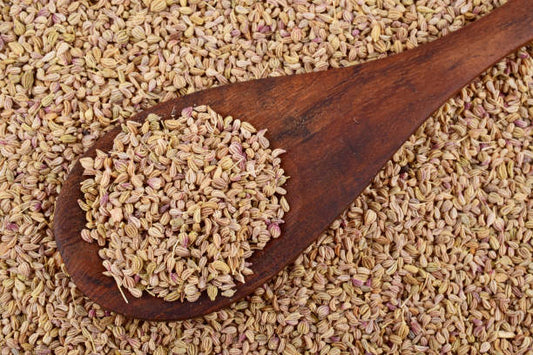The development and deployment of vaccines have revolutionized public health, saving millions of lives each year. However, traditional vaccine delivery methods, such as injections, come with challenges like needle phobia, the need for trained healthcare workers, and logistical issues in transportation and storage. Innovations in vaccine delivery systems aim to overcome these barriers, making vaccination more accessible and effective worldwide.

1. Needle-Free Delivery Systems
One of the most promising advancements is needle-free vaccine delivery. This approach addresses needle phobia and reduces the risk of needlestick injuries and infections. Key technologies include:

-
Jet Injectors: These devices use a high-pressure stream of liquid to penetrate the skin and deliver the vaccine without a needle. Jet injectors are fast, reusable, and reduce the risk of cross-contamination.
-
Microneedle Patches: Microneedle patches contain tiny, dissolvable needles that penetrate the outer layer of the skin to deliver the vaccine. These patches are painless, easy to use, and can be self-administered. They also simplify logistics by being stable at room temperature.
Key Highlight: Microneedle patches can be mailed to individuals, allowing for self-administration and reducing the need for healthcare visits.
2. Oral Vaccines

Oral vaccines offer a non-invasive alternative to injections, which can be particularly beneficial for vaccinating children. These vaccines are usually delivered in liquid form or as capsules. Examples include the oral polio vaccine and oral cholera vaccine.
-
Stability and Storage: Innovations in formulation are enhancing the stability of oral vaccines, making them less dependent on cold chain storage.
-
Mucosal Immunity: Oral vaccines can stimulate mucosal immunity in the gastrointestinal tract, providing a first line of defense against pathogens.
Key Highlight: Oral vaccines are easier to administer, especially in mass vaccination campaigns, and do not require trained healthcare professionals.
3. Intranasal Vaccines

Intranasal vaccines are sprayed into the nostrils, providing a needle-free and easy-to-administer option. They target the mucosal surfaces of the respiratory tract, which is the entry point for many pathogens.
-
Live Attenuated Vaccines: Some intranasal vaccines, like the flu vaccine, use live attenuated viruses to induce a strong immune response.
-
Adjuvants: Research is focusing on using adjuvants (substances that enhance the body's immune response to an antigen) in intranasal vaccines to improve their efficacy.
Key Highlight: Intranasal vaccines can be particularly effective for respiratory diseases, providing localized immunity at the site of infection.
4. Wearable Vaccine Delivery
Wearable devices for vaccine delivery are an emerging field, aiming to provide continuous and controlled release of vaccines over time. These devices can be attached to the skin and are designed to be user-friendly.
-
Microinfusion Systems: These systems use micro-pumps to deliver vaccines through the skin at controlled rates. They can be programmed to release the vaccine over several hours or days.
-
Smart Bandages: Combining microneedle technology with smart sensors, these bandages can monitor skin conditions and deliver vaccines in response to specific triggers.
Key Highlight: Wearable vaccine delivery systems offer the potential for personalized vaccination schedules and improved adherence.
5. DNA and mRNA Vaccines
The success of mRNA vaccines for COVID-19 has highlighted the potential of nucleic acid-based vaccines. These vaccines deliver genetic material that instructs cells to produce the target antigen, triggering an immune response.
-
Electroporation: This technique uses electrical pulses to increase the permeability of cell membranes, enhancing the uptake of DNA vaccines.
-
Lipid Nanoparticles: For mRNA vaccines, lipid nanoparticles are used to protect the genetic material and facilitate its delivery into cells.
Key Highlight: mRNA vaccines can be rapidly developed and adapted, making them ideal for responding to emerging infectious diseases.
Conclusion
Innovations in vaccine delivery systems are transforming the landscape of immunization. By making vaccines more accessible, easier to administer, and potentially more effective, these advancements hold the promise of increasing vaccination rates and controlling infectious diseases more efficiently. As research and development continue, we can expect even more breakthroughs that will enhance global health and save countless lives.
Key Highlight: The future of vaccination lies in embracing and advancing these innovative delivery methods to ensure broader and more effective protection against diseases.












